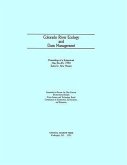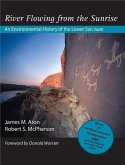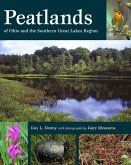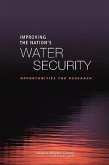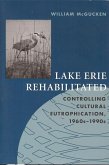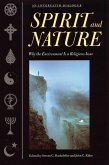Project Quinte was a Canadian multi-agency collaborative initiative--launched in 1972 and lasting until 2018--generating the longest ecosystem-based data set in the Great Lakes. This monograph provides a broad sweep of the many facets of aquatic ecosystem structure and function that were explored in efforts to define and solve the challenges to ecosystem health present in the Bay of Quinte ecosystem and to sustain it hopefully far into the future.


